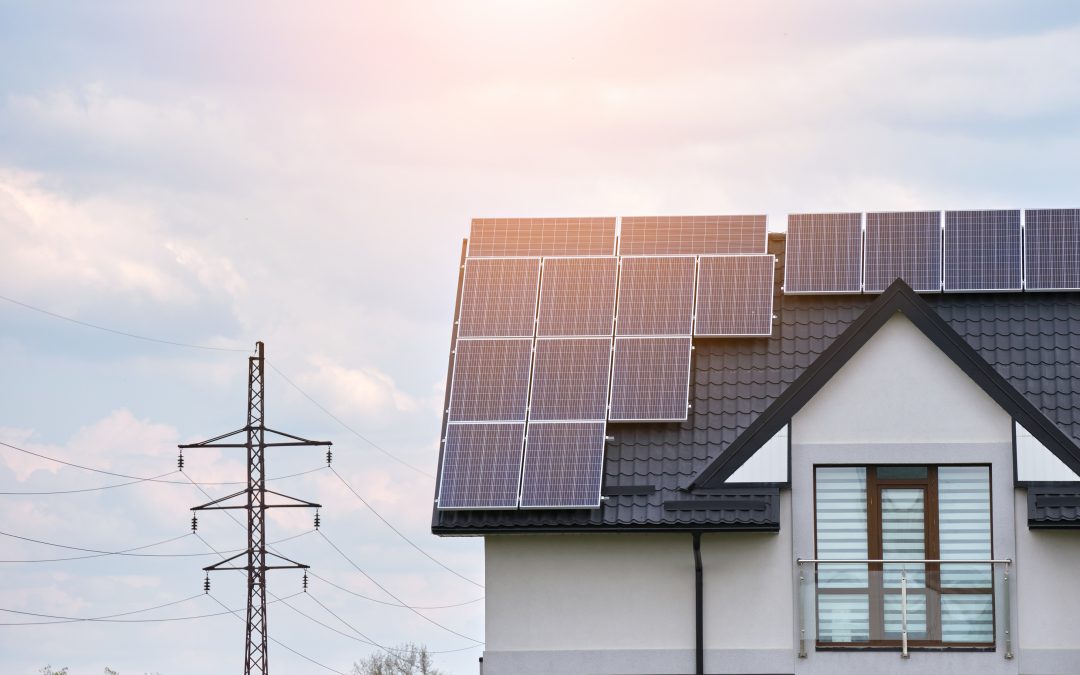As we venture further into 2024, the solar energy sector is witnessing a significant shift towards battery storage solutions. This trend is driven by changing net metering policies and the introduction of innovative products like the Tesla Powerwall 3, which are sparking consumer excitement and driving higher adoption rates.
The Changing Landscape of Net Metering Policies
Net metering has long been a cornerstone of solar energy economics, allowing homeowners to receive credits for excess electricity their solar panels produce and feed back into the grid. However, changes in net metering policies across various states are reshaping the solar energy landscape. Some states are reducing the compensation rates for excess solar energy, which diminishes the financial benefits of traditional net metering.
In response to these changes, homeowners and businesses are increasingly turning to battery storage solutions to maximize the value of their solar installations. By storing excess energy, they can use it during peak demand times or when the sun isn’t shining, thereby reducing reliance on the grid and enhancing energy independence.
The Rise of Advanced Battery Storage Solutions
The market for battery storage is booming, with new products continually entering the market. One standout product generating significant consumer interest is the Tesla Powerwall 3. Known for its sleek design, high efficiency, and advanced technology, the Powerwall 3 is setting new standards in the residential battery storage market.
The Tesla Powerwall 3 offers several benefits:
- Increased Capacity: With a larger storage capacity, it can store more energy, making it ideal for homes with high energy usage or those looking to go off-grid.
- Enhanced Efficiency: Improved efficiency means more of the energy captured from solar panels is stored and available for use.
- Smart Technology: Integration with smart home systems allows for better energy management, enabling users to monitor and control their energy usage through a mobile app.
These features make the Tesla Powerwall 3 an attractive option for consumers looking to optimize their solar energy systems.
Driving Higher Adoption Rates
The increasing value of batteries is evident in the rising adoption rates across the country. Homeowners and businesses are recognizing the benefits of battery storage, not just in terms of financial savings, but also for energy security and sustainability. Batteries allow users to store energy during periods of low demand and use it during peak times, reducing their electricity bills and reliance on fossil fuels.
Moreover, in areas prone to power outages, battery storage provides a reliable backup power source, ensuring that critical appliances and systems remain operational during grid failures. This aspect is particularly appealing in regions affected by extreme weather events, which are becoming more frequent due to climate change.
The Future of Solar Energy with Battery Storage
As battery technology continues to advance and prices decline, the adoption of battery storage solutions is expected to accelerate. The combination of solar energy and battery storage is transforming the way we think about energy production and consumption. It offers a pathway to greater energy independence, sustainability, and resilience.
In conclusion, the push for storage is a crucial trend driving the future of solar energy. The increasing value of batteries, spurred by changes in net metering policies and the advent of innovative products like the Tesla Powerwall 3, is leading to higher adoption rates and reshaping the energy landscape. As we move towards a more sustainable future, the integration of solar power and battery storage will play a pivotal role in achieving energy security and environmental goals.
For more information on the latest trends in solar energy and battery storage, check out Energy Circle and Advanced Solar (Energy Circle, LLC) (Advanced Solar).


Recent Comments